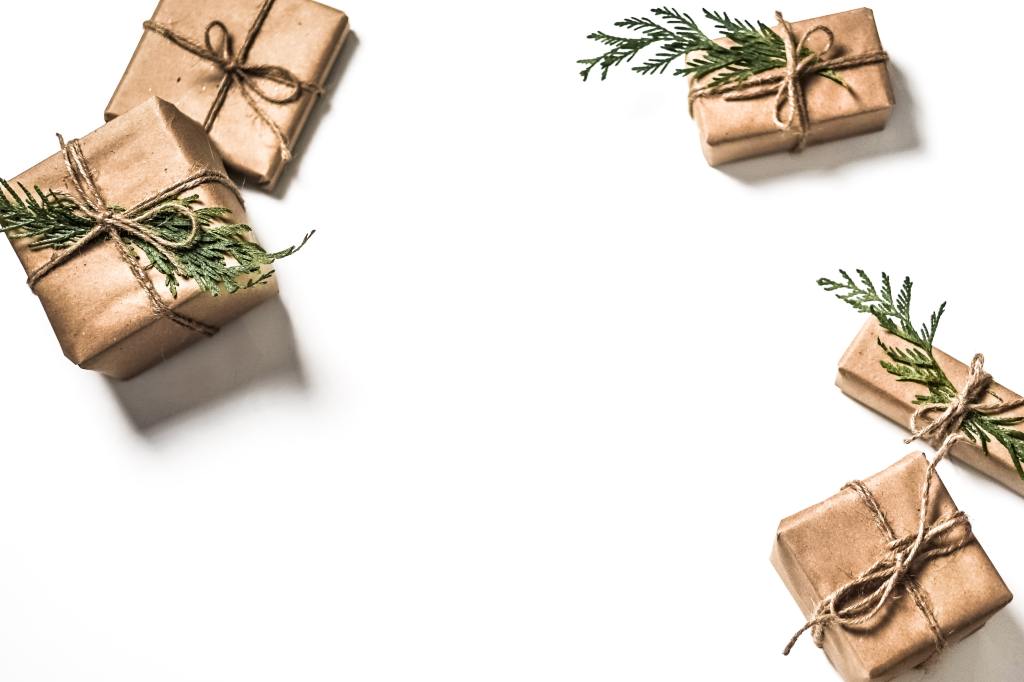
… Give them an inquiring and discerning heart, the courage to will and to persevere, a spirit to know and to love you, and the gift of joy and wonder in all your works. Amen.
Book of Common Prayer, p. 308
Whatever the season or reason for gift-giving, these words from the Episcopal prayer for the newly baptized encourage a different mindset, a way of thinking about giving gifts that will be truly nurturing. I have a clear bias towards books—always my favorite thing to give and to get— and the ones mentioned here were all published in 2022, but I have other suggestions as well.
An inquiring and discerning heart:
Progressive Christian educator and author Brittany Sky McRay has created a subscription series of Family Time Kits to explore faith and inspire compassion, connection, and courage. There are four age categories: 0-36 months, ages 3-6, 7-11, and adult. You can cancel any time after the first month, but I can’t imagine you’ll want to.
Rabbi Toba Spritzer’s God is Here: Reimagining the Divine examines ancient metaphors such as Water, Place, Rock, Cloud, and Fire with new understandings for God, not as an abstract exercise but to change the way we live and act every day, with spiritual practices that accompany each of the divine metaphors.
The courage to will and to persevere:
The long-awaited Rest is Resistance: A Manifesto by Tricia Hersey, founder of The Nap Ministry, is already a best-seller, and its power rests in Hersey’s prophetic voice, strengthened by her grounding in Black liberation theology and Womanism. It’s designed to help all of us push back against white supremacy and capitalism and give us what we need to truly rest.
Conversations with People Who Hate Me: 12 Things I Learned from Talking to Internet Strangers by Dylan Marron is a lively, engaging, and inspiring read about finding connection and common ground in a divided world. Dylan Marron is an actor, activist, and host of the eponymous podcast. Highly recommended for high school youth and adults.
How to Begin When Your World is Ending: A Spiritual Field Guide to Joy Despite Everything by Molly Phinney Baskette is laugh-out-loud funny and bracingly honest. Her insights about how and why to live fully and exuberantly no matter what should be shared with abandon. Molly is a UCC pastor, a parent, a cancer survivor, and a gifted writer. Give this to your besties, your book club, someone who’s struggling right now, and be sure to download the Doomsday Pollyanna Dance Party-slash-Book-Club guide, complete with food and drink pairings and a playlist.
A spirit to know and to love you:
More and more since I moved to the Pacific Northwest, I come close to God in nature. This nature meditations deck is designed to be used by those who are new to mindfulness as well as those with well-established meditation practices. You can slip the box into your backpack before heading out for a hike, choose one for your coat pocket as you go for a walk, or take one to read when you’re stuck inside at your desk.
Seasons of Wonder: Making the Ordinary Sacred Through Projects, Prayers, Reflections, and Rituals: A 52-Week Devotional by Bonnie Smith Whitehouse, an English professor and Episcopal lay leader, is a new interactive devotional for families brimming with prayers, activities, and simple suggestions for families who want to be intentional in discovering and celebrating the Holy throughout the church year and in the natural rhythm of the seasons. There is a special focus on creation care in these practices.
The gift of joy and wonder in all your works:
Here: The Dot We Call Home, The Astronomer Who Questioned Everything: The Story of Maria Mitchell, and Sun in My Tummy are three outstanding picture books by my dear friend Laura Alary. While these books are not religious, there are spiritual connections to be made, and Laura is a gifted theologian. They make excellent gifts on their own for the children in your life, and their themes inspired me with several ideas for others on your list.
Here, a book that deepens our concepts of home while inviting us to think about our responsibilities to our neighborhoods and to our planet, comes with an excellent downloadable activity guide. You may wish to gift this earth pillow (it also comes ball-sized) or a set of plantable pencils and either this creative journal for budding activists or a gratitude journal like this one.
The Astronomer Who Questioned Everything is a beautifully illustrated biography of a remarkable 19th century woman, Maria Mitchell. Astronomy enthusiasts of any age will appreciate the stunning photography in the 2023 Deep Space Mysteries calendar from Astronomy Today, a connect- the-stars constellation mug, and tee shirts featuring Maria Mitchell or astronaut Mae Jemison, both designed from striking cut paper art by high school student Maggie Donnelly.
Sun in My Tummy is an imaginative and lyrical science lesson on how we get our food. It made me think of this sweet set of weather story blocks for little ones, as well as the award-winning environmental board game for youth and adults, Photosynthesis. I’m also charmed by these lightweight, packable solar lanterns.
Wendy Claire Barrie is the author of Faith at Home: A Handbook for Cautiously Christian Parents.









